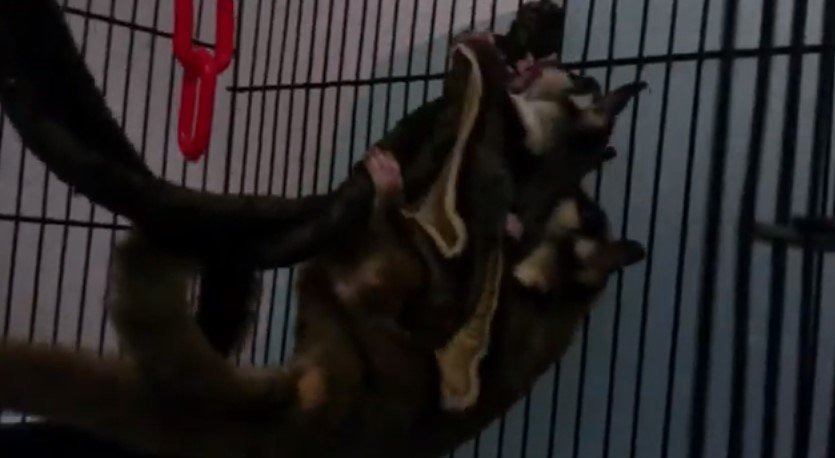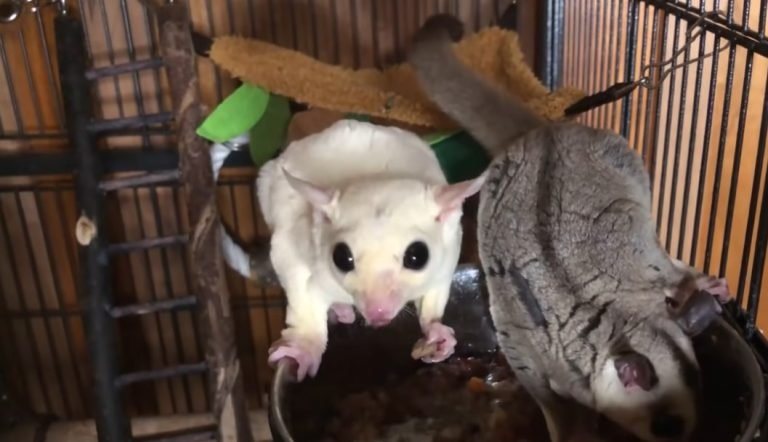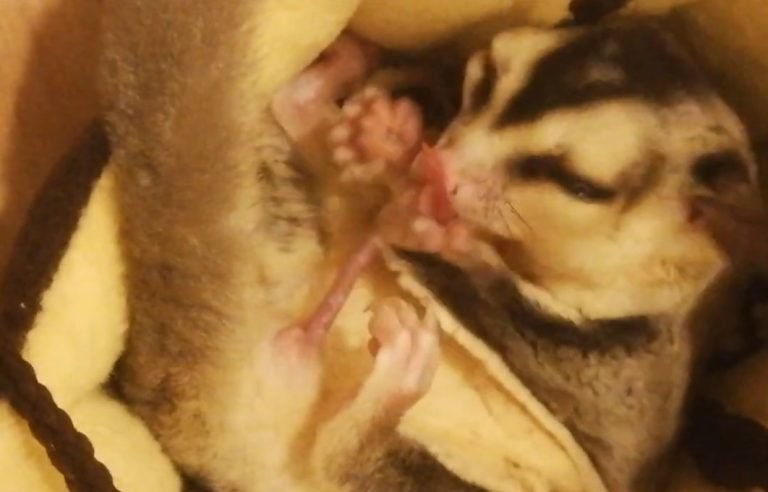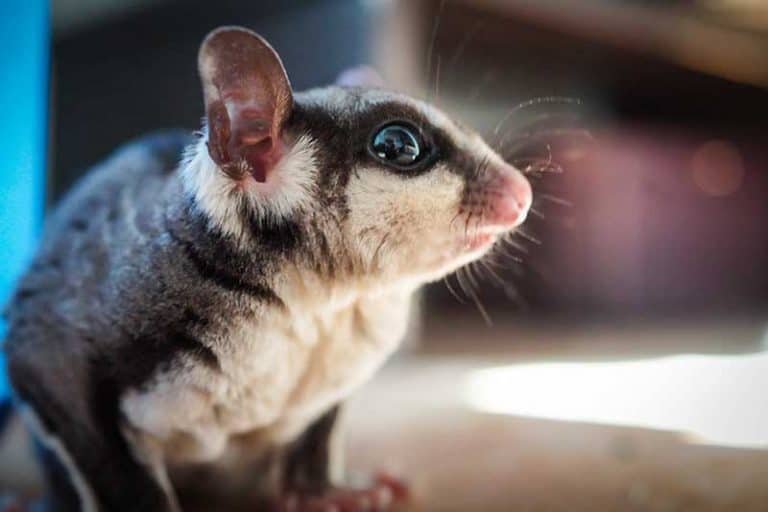Do Sugar Gliders Mate For Life
Do sugar gliders mate for life?
If you’ve ever come across the adorable sugar gliders, you might be wondering about their mating behavior. Do these small, gliding creatures mate for life? Let’s explore the fascinating world of sugar gliders and their mating habits.
No, sugar gliders do not mate for life.
While sugar gliders are known for forming strong bonds with their mates, their monogamy is not a lifelong commitment. These nocturnal creatures are quite social and live in small family groups called colonies, consisting of a dominant male, several females, and their offspring. Within these colonies, sugar gliders are known to have multiple partners throughout their lifetime.
So, let’s dive deeper into the world of sugar glider mating to understand the intricacies of their social relationships.
The Mating Ritual of Sugar Gliders
Sugar gliders have a unique mating ritual that involves courtship behavior and a complex communication system. The interested male will perform an elaborate display to attract the female’s attention. This display usually includes vocalizations, scent marking, and eye contact.

Once the female is receptive, the mating pair will engage in a series of acrobatic behaviors, including gliding together and intertwining their tails. This mating “dance” cements their bond and paves the way for successful reproduction.
The Importance of Fidelity in Sugar Gliders
While sugar gliders do not mate for life, fidelity plays a role in their social structure. The dominant male usually monopolizes the breeding rights within the colony. Other males, referred to as “satellite males,” live in the same colony but do not have mating opportunities unless the dominant male is absent or unable to fulfill his role.
Fidelity within a social group is essential for maintaining stability and avoiding conflicts. By adhering to these social rules, sugar gliders ensure the survival and well-being of their offspring.
Factors Impacting Sugar Glider Relationships
Various factors can influence the dynamics of sugar glider relationships. These include competition, territorial conflicts, and availability of resources. Sugar gliders are highly territorial, and clashes between males can occur when they compete for access to females or food sources.
Additionally, environmental conditions, such as food scarcity or habitat disruptions, can affect the availability and quality of potential mates. These external factors can impact the composition and stability of sugar glider colonies, leading to changes in mating patterns.
Promoting Harmony in Sugar Glider Colonies
To maintain harmonious relationships within sugar glider colonies, certain measures can be taken. Providing an adequate living space with plenty of perch options and nesting areas can help alleviate territorial disputes.
Additionally, feeding a well-balanced diet that meets their nutritional needs will reduce competition for food resources. A healthy and stress-free environment is crucial for sugar gliders to thrive and maintain positive social interactions.
Frequently Asked Questions
1.Are sugar gliders social animals?
Yes, sugar gliders are highly social animals. They form tight-knit family groups and rely on social interactions for their emotional well-being. In the wild, they live in colonies and engage in various social behaviors, including grooming, playing, and vocalizations.
2.How long do sugar glider bonds last?
Sugar glider bonds can last for several years, but they are not necessarily lifelong. While the dominant male usually stays with the colony for an extended period, other members may come and go, including the females and their offspring.
3.Do sugar gliders have a mating season?
Yes, sugar gliders have a breeding season, which typically occurs between May and August in their natural habitats. During this time, males actively court the females, and mating activities peak.
4.Can sugar gliders breed with different species?
No, sugar gliders cannot breed with different species. Their mating and reproductive behavior is exclusive to their own species.
Final Thoughts
While sugar gliders do not mate for life, their social structure and interactions are captivating. These charismatic creatures form deep bonds within their colonies and engage in complex courtship rituals before mating. Understanding their mating habits helps us appreciate and care for these incredible creatures that bring so much joy to our lives. So, the next time you see a sugar glider, remember the dynamic nature of their relationships and admire the beauty of their social lives.






